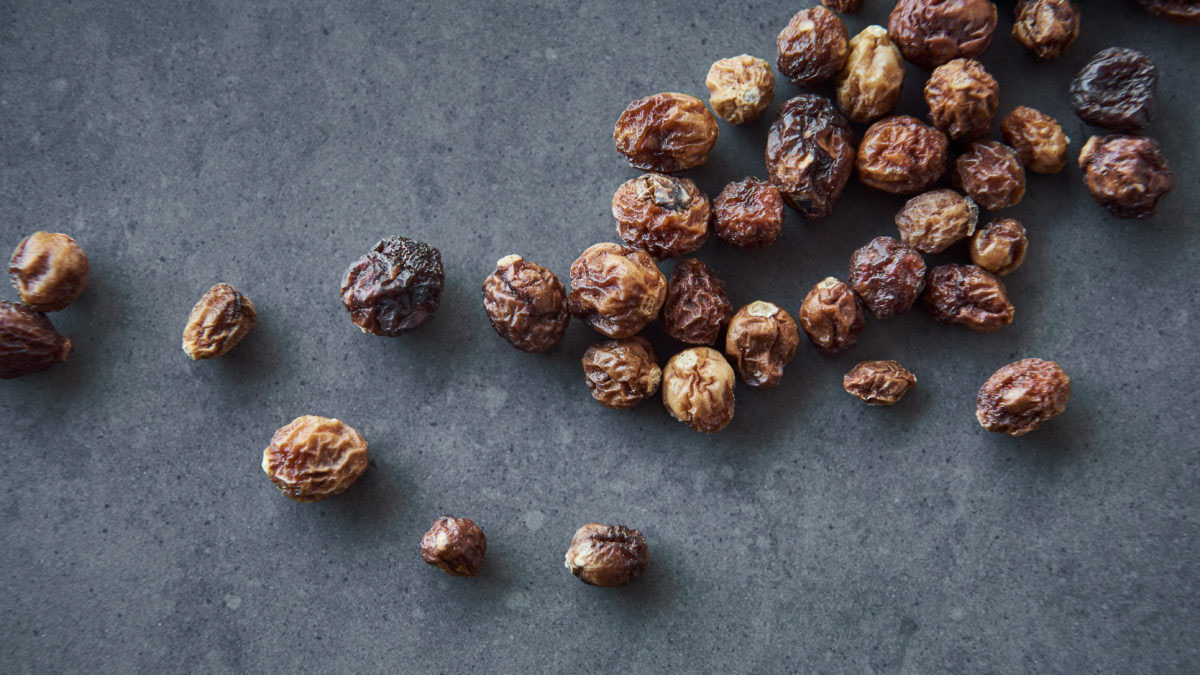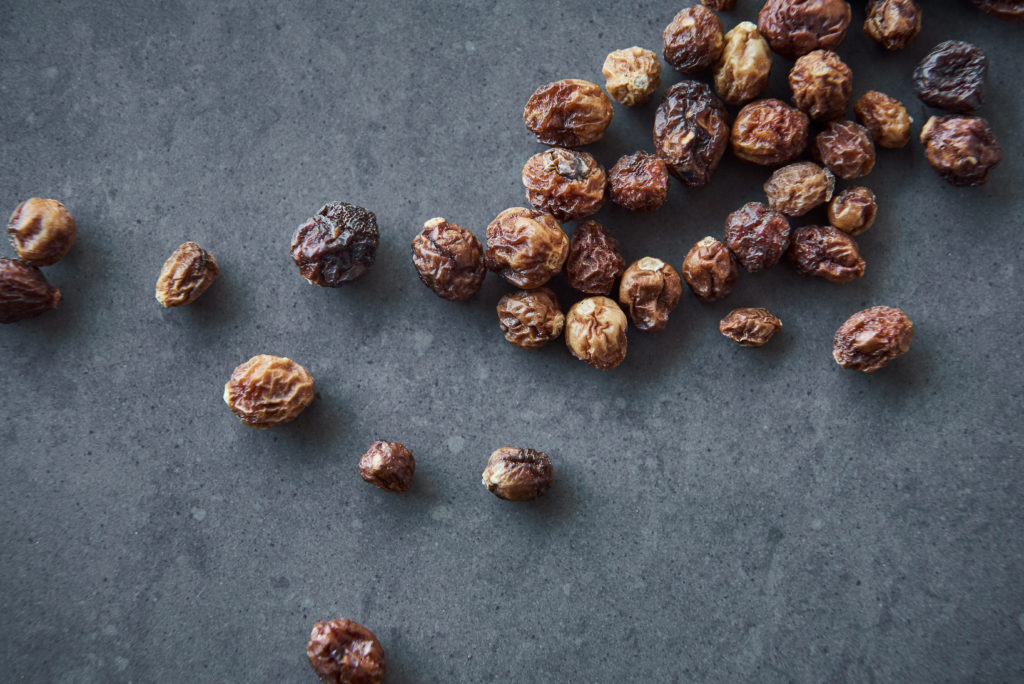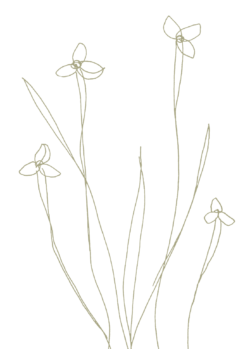
BIRAK DECEMBER — JANUARY
Season of the Young
Birak marks the hot and dry season, when the warm days are cooled by the afternoon sea breezes. An abundance of food sources still remain including mammals, birds, reptiles, and yonga (kangaroo). The start of the season sees the vibrant flowering of Nuytsia Floribunda, also known as the Western Australian Christmas Tree.
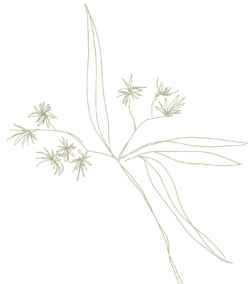
BUNURU FEBRUARY — MARCH
Season of the Adolescence
Bunuru marks the hottest part of the year, when there is little to no rain. Jarrah and Marri trees are in full bloom, along with Zamia pods. Fish, crab and mussels are the main portion of the diet in this season, with tailer and mullet trapped in the shallow waters and easily caught, as well as marron and gilgies collected from the wetlands. Wattle, banksia blossom and various roots are popular food sources at this time.
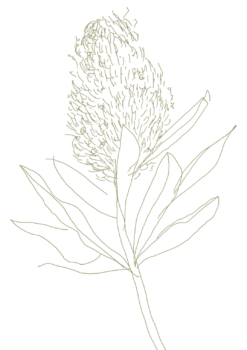
DJERAN APRIL — MAY
Season of Adulthood
The season of Djeran brings with it cooler nights, light breezes and the presence of dew on the plants in the early mornings. Traditionally this was the time of year to nourish and prepare the body for the cold of Makuru. Fish is important food source, along with seeds and bulbs. Banksia flowers are out in bloom giving a food source for the birds and insects that rely on them.
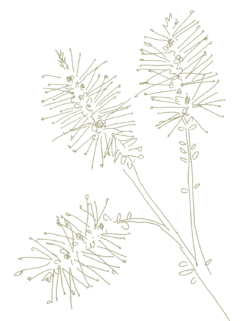
MAKURU JUNE — JULY
Season of Fertility
Makuru is the season that brings the first heavy rains, and sees the Scarlett banksia in bloom. Fire is very important during this season, a useful resource for food preparation and production, tool and artefact production, hunting and driving game, and for warmth and signalling. Fattier red-meat animals such as the yonga (kangaroo) and weitj (emu) are hunted at this time of year.
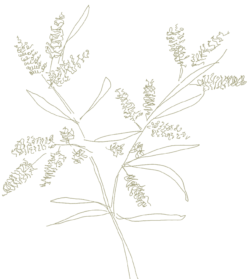
DJILBA AUGUST — SEPTEMBER
Season of Conception
During this season the wattles come into full bloom, along with lemon myrtle, and this signals the start of the mass blooming in the south-west. Large birds nest to hatch their eggs and popular foods include yongas (kangaroos) and weitj (emu).
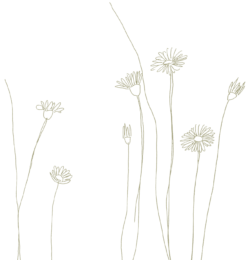
KAMBARANG OCTOBER — NOVEMBER
Season of Birth
This season marks the end of the rain, fewer cold fronts and warmer temperatures. The landscape is carpeted with a rainbow of wildflowers, including the vibrant flowering of the Kangaroo Paw. Kambarang is the season of plenty with an abundance of food available, including fruit, yams and gilgie (freshwater crayfish).
Search the State Buildings
Make a booking
Select from the following options to proceed:
Make A Restaurant Reservation Book A Room At Como The Treasury